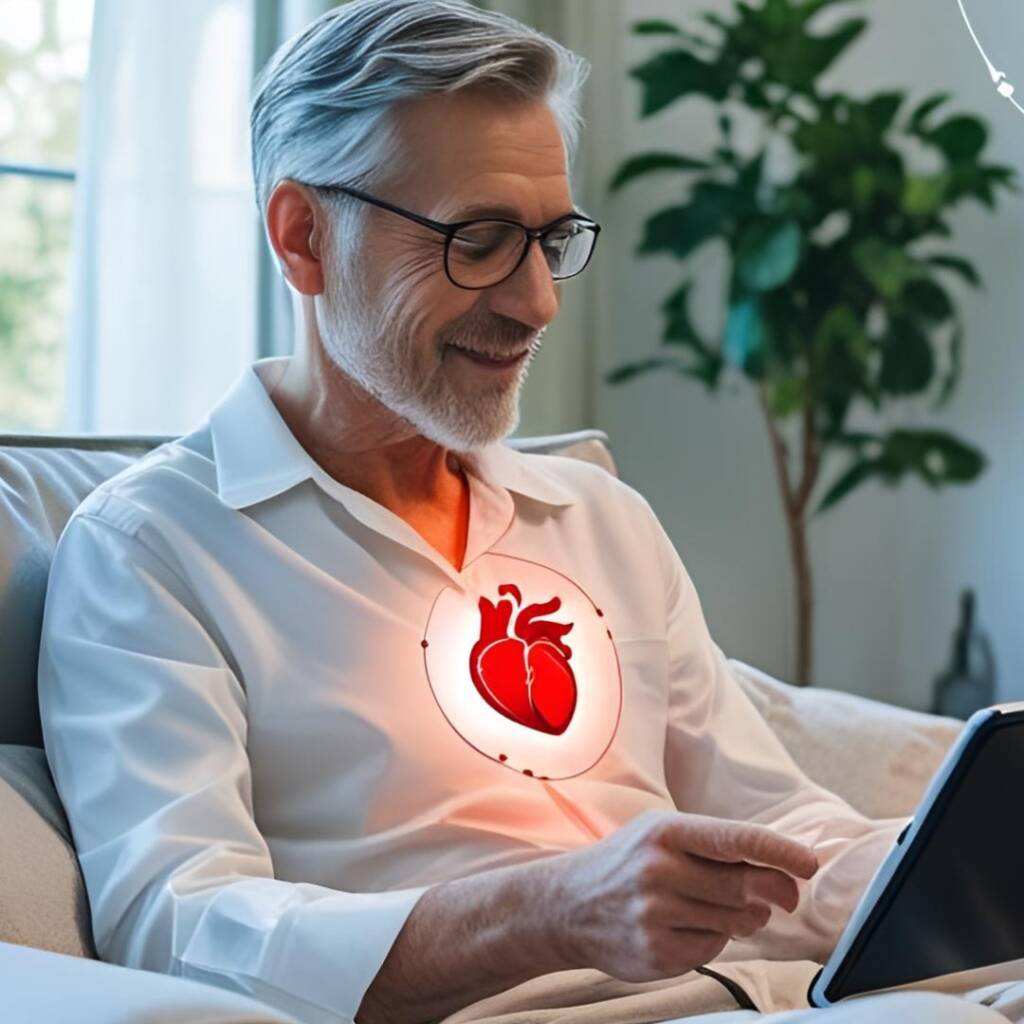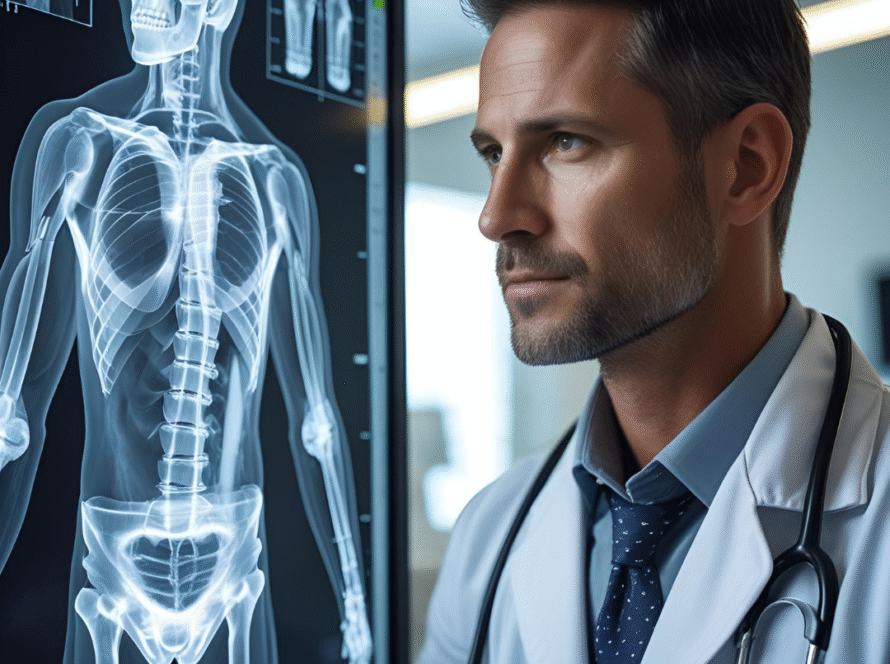
Mobile Imaging turns a phone into a tiny heart lab. Artificial intelligence (AI) looks at sensor signals. It spots rhythm errors or weak pumping before pain starts. You can share results with a doctor in minutes. This guide explains how the tech works. It shows why families and clinics in the United States trust it for quicker help.
Why Early Heart Checks Need Smart Tools?
Heart disease kills one American every thirty-four seconds. In 2022, it claimed 371,506 lives. It struck adults under sixty-five in one-fifth of cases. Early checks cut that risk. Many people skip office tests because they cost time and money. Mobile devices close that gap. An app flags danger. A nurse can step in before a small issue turns into a hospital stay. One study used home sensors with AI triage. Heart-failure readmissions fell by fifty percent.
What Is AI-Powered Mobile Imaging?
AI-powered mobile imaging does three jobs.
- It captures a heart signal with a phone-linked sensor.
- It sends the data to an AI model on the device or in the cloud.
- It shows an on-screen alert that is easy to read.
Signals include electrical waves (ECG). They also include blood-flow pictures, sound waves, and color shifts under the skin. AI models learn from thousands of labeled studies. They warn you in real time when a beat looks wrong or the left ventricle pumps poorly.
How does Serenity.ai move data from phone to doctor?
Serenity.ai uses phone hardware and small probes for a full cardiac check. The user opens the Serenity app. The user rests two fingers on a slim sensor. The user can also run a handheld ultrasound probe across the chest. The phone records the raw trace. It runs a trained neural model right on the device. A first answer appears in seconds. If the trace needs more review, the encrypted file goes to a HIPAA-ready cloud.
A second model refines the numbers. The software checks image quality. It measures ejection fraction. It tags any rhythm break. A color-coded report appears in the clinician portal. It links straight into common EHR systems. Each step keeps private health data inside secure channels. The flow follows the FDA pathway that cleared point-of-care AI echo tools such as HeartFocus in April 2025.
Benefits for Patients and Providers
Early alerts can save lives. They push care to start sooner. The sensors cost less than one clinic echocardiogram. Families keep more of their budget. People record data in their living rooms. This comfort cuts skipped tests. A flow of readings over weeks shows trends. Doctors see a better view than one short visit. Clinics gain staff time. Precise alerts let teams focus on patients who need an in-person scan.
Barriers and Quick Fixes
| Issue | Quick fix |
| Up-front sensor price | Use HSA cards or a device rental program |
| Tech literacy | Watch short video guides and choose one-button modes |
| Broadband gaps | Let on-device AI work offline, then sync later |
| Data privacy worry | Turn on end-to-end encryption and two-factor login |
Final Verdict
AI-powered mobile imaging helps people check heart signals at home. It shows early signs of trouble. Doctors can act fast. Serenity.ai moves results from phone to clinic. It works without delay. These tools lower cost. They help people avoid missed tests. Families get help sooner. Clinics see better care flow. This gives both sides a strong way to handle heart risks early.
FAQs
Q1. Are mobile ECGs as safe as hospital machines?
Peer-reviewed data show home ECGs reach over ninety-four percent sensitivity for atrial fibrillation when the tracing is clear.
Q2. Do I need a prescription?
Most rhythm apps ship over the counter. Your doctor must still confirm any diagnosis before treatment.
Q3. Can kids use these tools?
FDA labels set age limits. Always read the device insert.
Q4. Will insurance pay?
Many U.S. plans now cover remote physiologic monitoring codes. Ask your provider for details.
Q5. What if the AI is wrong?
Always show the PDF to a clinician. AI is an aid. It is not a final judge.



